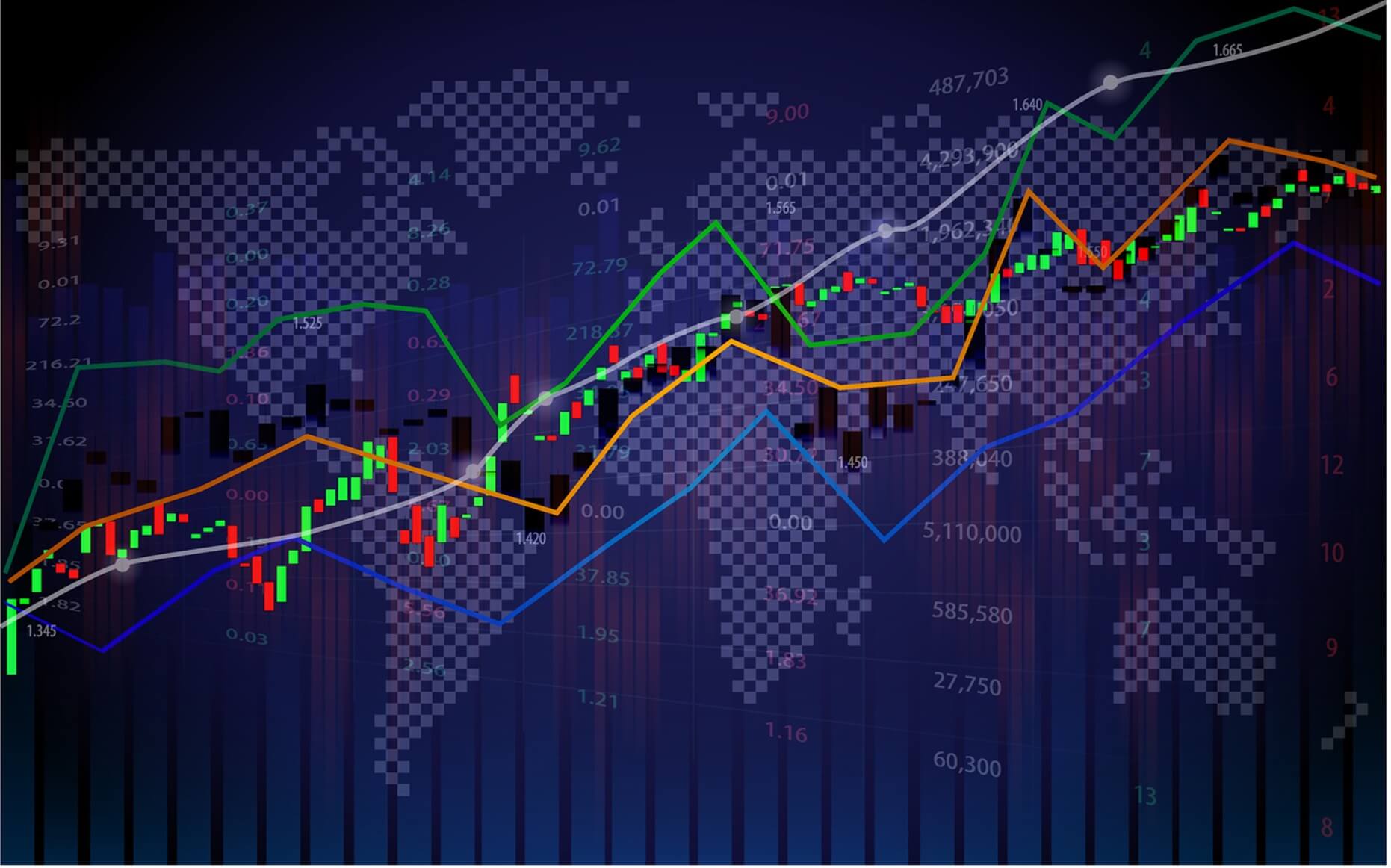It’s a mantra that seems almost as old as time itself, but the ‘be fearful when others are greedy, and greedy when others are fearful’ strategy of Warren Buffett has served him well in more than five decades as an investor.
It’s a philosophy that will be tested in the rest of 2022 with international economies facing upheaval caused by the fallout of the pandemic, the beast of inflation and the ongoing conflict in Ukraine.
Buffett’s words are treated as gospel by some, and in truth, despite the economic pressures many countries are facing, now might be as good a time as any to consider trading foreign currencies – volatility, after all, does not exclusively have to be a bad thing.
So, if you are seeking tips for trading forex in these uncertain times, here are some factors to consider.
Energy Prices
The situation in the Ukraine is forcing energy prices up for many countries around the world; however, it’s those that rely heavily on gas that have been the worst hit.
According to the International Monetary Fund, the UK has been the hardest hit anywhere in Western Europe in terms of energy bill increases, and one of the implications of that – allied to chancellor Kwasi Kwarteng’s surprising decision to offer tax cuts to one and all – is that the value of Pound Sterling has plummeted.
Meanwhile, the US Dollar is performing much better than expected, and while there are reasons – both economic and somewhat artificial – for that, for forex traders it’s essential that you understand the nuances of how energy price changes are impacting one nation to the next.
International Trade Deals
As times get tough, it’s commonplace that national leaders will look to consolidate by striking international trade deals.
These can, naturally, have a knock-on effect to the value of currency pairs, although traders eyeing the big fish – a deal between the UK and the USA – may be disappointed after newly anointed prime minister Liz Truss said that such an agreement was ‘unlikely’.
Such deals have been in short supply for the UK since the Brexit split from the European Union but talks over a pan-Asian trade agreement between the USA and 13 countries including Japan, South Korea and India continue at pace. That could be a situation for forex traders to keep a close eye on.
Interest Rates
You may be familiar with the forex trading strategy that is the ‘carry trade’.
This is a tactic that typically relies on their being disparities in interest rates between two countries that boast liquid forex trading opportunities. The success is in predicting currency pairs where a high-yielding currency can be traded against a low-yielding counterpart. It’s a risky strategy, particularly in times of great global volatility, but it’s a technique that many traders have deployed for years.
In essence, we are looking to sell a currency with a low interest rate to then re-invest and buy into a higher-interest currency, with the difference in yield being our takeaway profit.
Some nations with notable currencies have historically offered low interest rates, such as Japan, while the same is true in reverse in Australia – although rumors suggest the interest rate in the UK could hit an eye-watering 5% early next year!





















